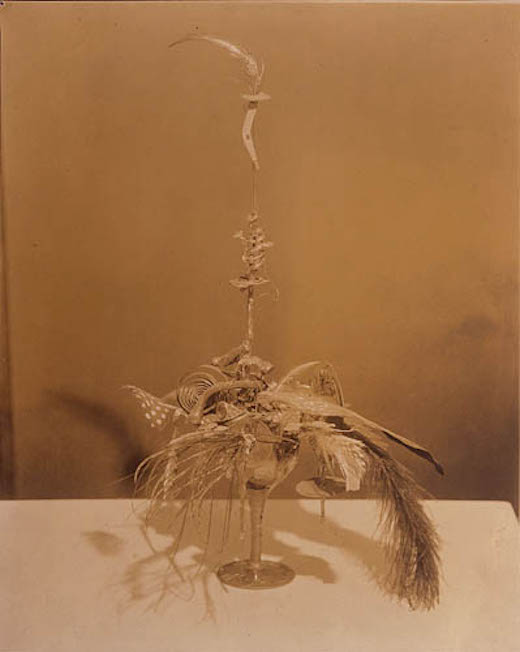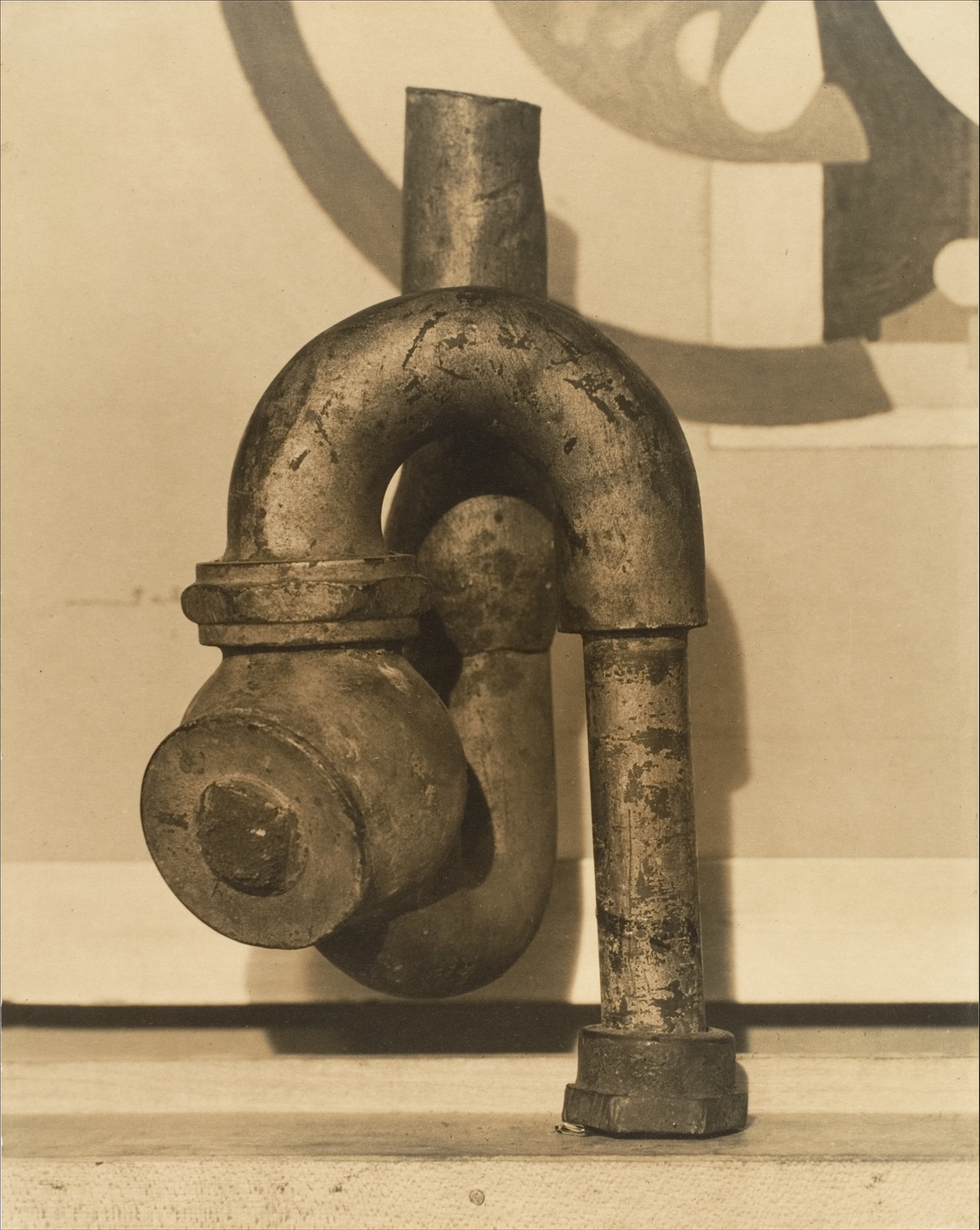What Happened to His First Solo Art Exhibition in 1917?
In the introduction to her book Wide Strokes, writer and art history scholar Bridget Quinn describes her discovery of Lee Krasner, accomplished abstract expressionist painter who just happened to have been married to Jackson Pollock. That biographical detail warranted Krasner a footnote, but footling more, in the art books Quinn studied in higher. Learning of Krasner sent Quinn on a quest to discover other women left behind by art history. "My fixation with these artists went beyond feminism," she writes, "if information technology had anything to practice with information technology at all. I identified with these painters and sculptors the way my friends identified with Joy Division or The Disharmonism or Hüsker Dü."
Much has inverse since 1987, when Quinn'south fandom began, simply Krasner is still i of the few female artists to accept ever had a retrospective show at New York'southward Museum of Modern Art. And one artist every pupil of art history should know, Baroness Elsa von Freytag-Loringhoven, remains nigh completely obscure. What's so important virtually von Freytag-Loringhoven? She was a pioneering Dada artist and poet—well-known in the 1910s and 20s. "Her work was championed past Ernest Hemingway and Ezra Pound," writes John Higgs at the Independent (she appears in Pound'south Canto XCV). She "is now recognized as the first American Dada artist, but information technology might be equally true to say she was the first New York punk, 60 years besides early on."
Von Freytag-Loringhoven also deserves the credit, it seems, for 1 of the most groundbreaking art objects to ever appear in a gallery: Fountain, the urinal signed "R. Mutt" that Marcel Duchamp claimed equally his own and which has made him a fable in the history of fine art. The story, I imagine, might seem depressingly familiar to every woman who has ever had a male boss publish her piece of work with his proper noun on it. Even more frustratingly, the "glaring truth has been known for some fourth dimension in the art world," according to the blog of art mag See All This. Withal, "each time information technology has to be acknowledged, it is met with indifference and silence."

The truth first emerged in a letter from Duchamp to his sister—discovered in 1982 and dated Apr 11th, 1917, a few days earlier the exhibit in which Fountainfirst appeared—in which he "wrote that a female friend using a male alias had sent it in for the New York exhibition." The name, "Richard Mutt," was a pseudonym chosen by Freytag-Loringhoven, who was living in Philadelphia at the fourth dimension and whom Duchamp knew well, once pronouncing that "she is non a Futurist. She is the hereafter." (Meet herPortrait of Marcel Duchamp, above, in a 1920 photograph by Charles Sheeler.)
Why did she never claim Fountain every bit her ain? "She never had the chance," notes Run into All This. The urinal was rejected by the exhibition organizers (Duchamp resigned from their board in protest), and it was probably, subsequently thrown away; nada remained but a photograph by Alfred Stieglitz. Von Freytag-Loringhoven died x years later in 1927.
Information technology was but in 1935 that surrealist André Breton brought attention dorsum to Fountain, attributing it to Duchamp, who accepted authorship and began to commission replicas. The 1917 piece "was destined to become one of the near iconic works of mod art. In 2004, some five hundred artists and fine art experts heralded Fountainequally the most influential piece of modern art, even leaving Picasso's Les Demoiselles d'Avignonbackside."

Duchamp's alphabetic character is not the only reason historians take for thinking of Fountainas von Freytag-Loringhoven's piece of work. "Baroness Elsa had been finding objects in the street and declaring them to be works of fine art since before Duchamp hitting upon the idea of 'readymades,'" writes Higgs. Ane such piece of work, a "cast-iron plumber's trap attached to a wooden box, which she called God" (higher up), was besides misattributed, "causeless to be the work of an artist called Morton Livingston Schaumberg, although it is now accustomed that his role in the sculpture was limited to fixing the plumber's trap to its wooden base."
"Fountain is base, crude, confrontational and funny," writes Higgs, "Those are non typical aspects of Duchamp's work, merely they summarize the Baroness and her art perfectly." Duchamp later claimed to have bought the urinal himself, but later research has shown this to be unlikely. Higgs' book Stranger Than We Tin can Imagineexplores the issues in more depth, equally does an article in Dutch published in the See All This summer consequence. What would it mean for the art establishment to admit von Freytag-Loringhoven's authorship? "To attribute Fountainto a woman and not a man," the magazine writes, "has obvious, far-reaching consequences: the history of mod fine art has to be rewritten. Modernistic art did not beginning with a patriarch, but with a matriarch."
Learn more than about Elsa von Freytag-Loringhoven at The Art Story.
viaSee All This
Related Content:
Hear Marcel Duchamp Read "The Artistic Human action," A Short Lecture on What Makes Great Art, Great
The Female Pioneers of the Bauhaus Fine art Move: Discover Gertrud Arndt, Marianne Brandt, Anni Albers & Other Forgotten Innovators
1933 Article on Frida Kahlo: "Wife of the Master Mural Painter Gleefully Dabbles in Works of Art"
Josh Jones is a writer and musician based in Durham, NC. Follow him at @jdmagness
Source: https://www.openculture.com/2018/07/the-iconic-urinal-work-of-art-fountain-wasnt-created-by-marcel-duchamp.html
0 Response to "What Happened to His First Solo Art Exhibition in 1917?"
Post a Comment